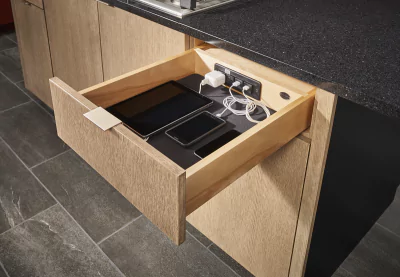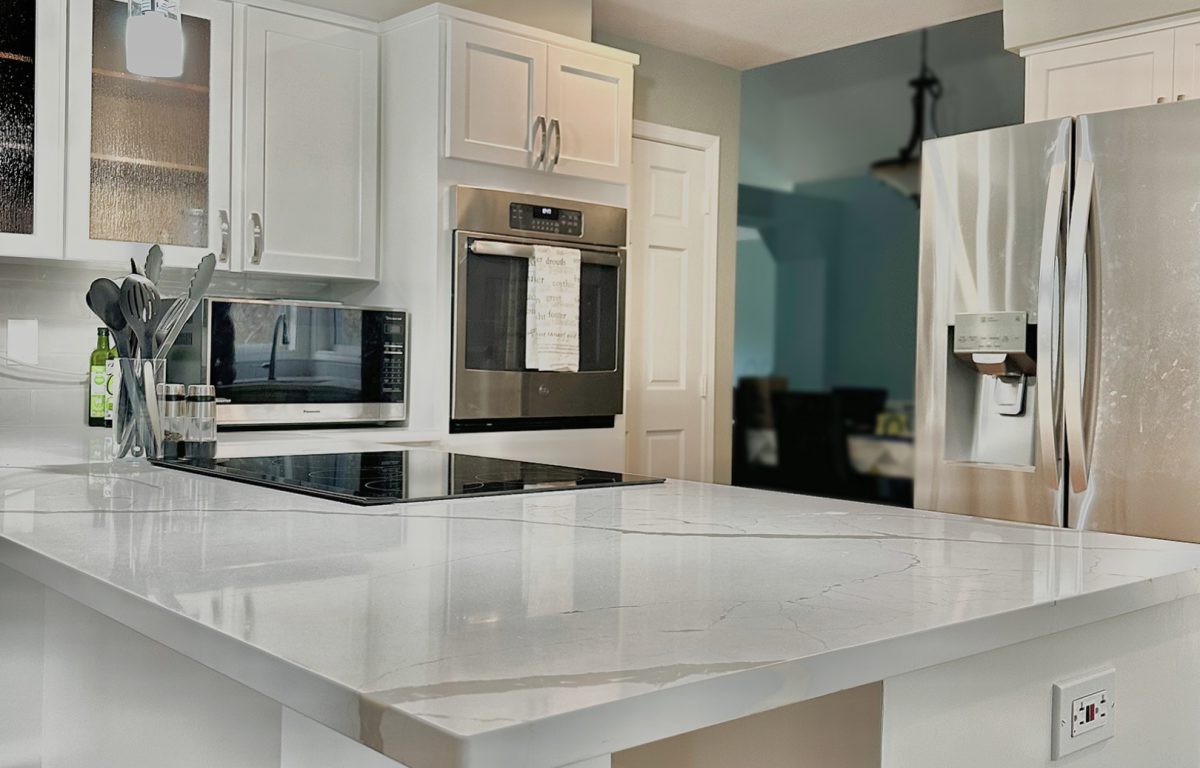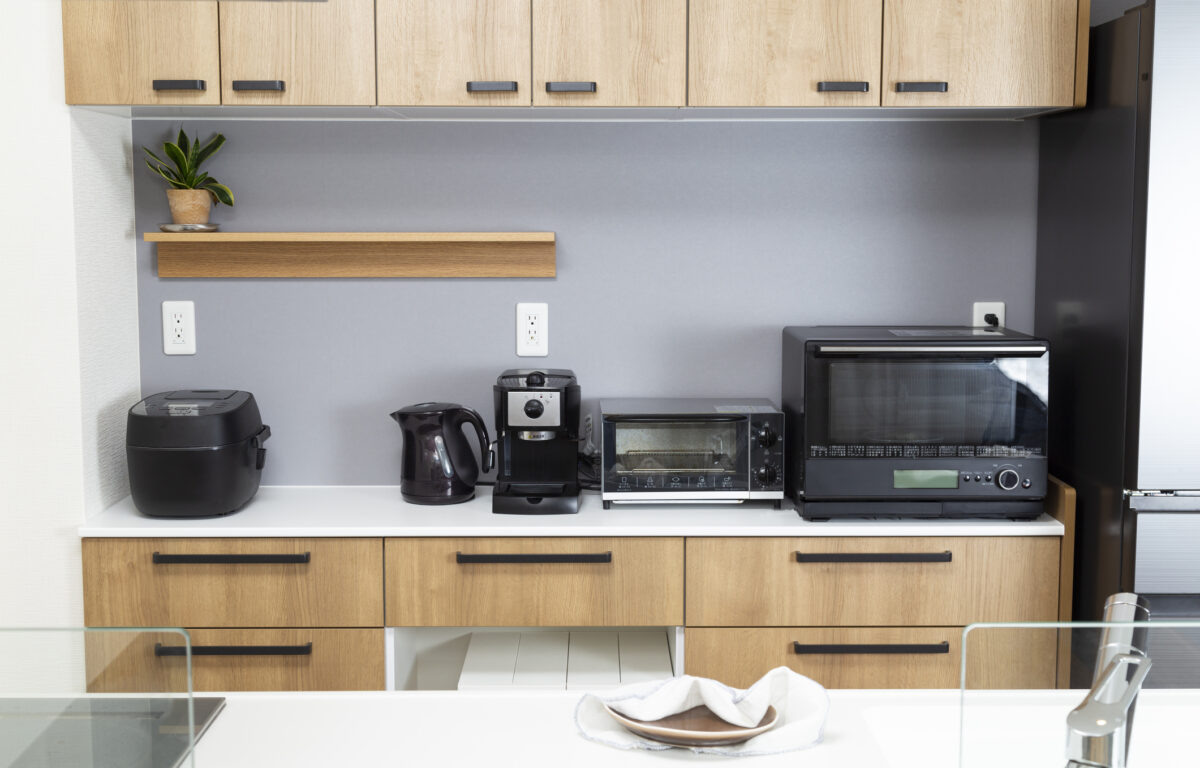What Is a Farmhouse Sink? A Simple Guide to This Kitchen Favorite
Step into any kitchen showroom today, and you might spot a farmhouse sink—a practical sink design that’s won over many homeowners. But what exactly is it that makes this sink so special? Let’s explore what defines a farmhouse sink and why it’s become a staple in modern kitchens.

What Is a Farmhouse Sink?
A farmhouse sink is a deep, wide sink with an exposed front, also known as an apron. This apron can either extend slightly beyond the surrounding cabinetry or sit flush with it, depending on the design and installation method. Originally designed for heavy-duty use in farm kitchens, these sinks offer ample space for washing large pots, pans, and other kitchen items.
Traditional farmhouse sinks were crafted from durable materials like fireclay and cast iron, so they could withstand the rigors of daily tasks. Beyond kitchen use, they were also intended for chores like laundry and even bathing children.In modern kitchens, the exposed front of a farmhouse sink serves as a striking focal point against any kitchen aesthetic or cabinet style. The apron also makes it more comfortable to use since it minimizes the reach over the countertop.
Are Farmhouse Sinks Out of Style?
Farmhouse sinks are not out of style; in fact, they remain a popular choice in kitchen design. While trends in home decor can fluctuate, farmhouse sinks have enduring appeal due to their classic, rustic look and practicality. They fit well in various kitchen styles, from traditional to modern, and their deep basins are appreciated by those who frequently cook or entertain.
Farmhouse sinks have traditionally featured a single basin. However, with their recent rise in popularity, it’s now easy to find farmhouse sinks with double basins, offering more use for your kitchen.
In recent years, the farmhouse sink has seen renewed interest as part of the broader trend toward vintage and country-inspired interiors. Newer materials and finishes, such as stainless steel, granite composites, and porcelain, have also enhanced their versatility and visual appeal.
Apron Sink vs. Farmhouse Sink
Apron sinks and farmhouse sinks are often confused because the terms are frequently used interchangeably. However, the main difference lies in their design and application.
A farmhouse sink always features a deep basin with an exposed front that integrates with or slightly extends from the cabinetry. This design is rooted in traditional farmhouse kitchens, where practicality and large capacity were essential.
On the other hand, an apron sink specifically refers to the exposed front panel, or “apron,” of the sink. While all farmhouse sinks have this feature, not all apron sinks follow the farmhouse style.
The defining characteristic between the two is the apron front, which may protrude slightly from the surrounding cabinetry. However, unlike the wide, deep basin typical of traditional farmhouse sinks, apron sinks can vary in size and style.
Farmhouse Sink vs. Regular Sink
Farmhouse sinks differ from regular sinks in terms of design, installation, and practicality.
Their large capacity and exposed front set them apart, making them practical for heavy-duty tasks. However, the design can make them more prone to splashing compared to conventional sinks, as the front edge is thinner and doesn’t extend as far back. This can lead to issues, particularly water damage to your cabinetry. While there’s also a risk of water reaching the floor, cabinet damage is usually the bigger concern.
To address this, you can opt for a sink with a built-in drip rail, like the Kohler Whitehaven, or add a small countertop barrier below the sink to catch drips before they reach the wood. At Kitchen & More, we have experienced installers who are more than happy to include these quick fixes in your kitchen remodeling project!
Farmhouse sinks also tend to be more expensive than regular sinks due to the specialized installation they require. These sinks often need custom cabinetry to accommodate their size and weight, as well as a custom-cut countertop to fit the apron front. The installation process is more involved, often requiring reinforcement of the cabinets to support the sink’s weight, especially when filled with water.
Regular sinks, on the other hand, are more varied in style and installation. They can be drop-in, undermount, or integrated into the countertop material. These sinks typically have a more standard depth and do not have an exposed front. They come in various sizes and shapes but generally lack the large basin and prominent front panel of a farmhouse sink.
Farmhouse Sink vs. Undermount Sink
Traditional undermount sinks, which are typically installed fully beneath the countertop, lack the exposed front (apron) that defines a farmhouse sink’s distinctive style.
Undermount sinks are popular for their sleek, modern look and ease of cleaning, as they have no rim to catch crumbs or debris. Undermount sinks can come in a variety of sizes and configurations, including single or double basins, and they are generally more flexible in terms of installation.
Farmhouse Sinks: Pros and Cons
Farmhouse sinks have a charming appeal that might have caught your eye for your next kitchen remodel. But before you commit, it’s important to weigh both the benefits of farmhouse sinks and the potential drawbacks to see if this design choice fits your needs.
| Pros | Cons |
| Spacious, deep basin for kitchen use | Limits under-sink storage like garbage disposal |
| Makes a visually striking focal point | Expensive to purchase and install |
| Comfortable to use, less leaning | Prone to splashing |
| Made from durable materials like fireclay | May need cabinet modifications |
| Increases home resale value | Plumbing modifications may be necessary |
While farmhouse sinks score high on both form and function, they come with a few caveats. Their size and design can limit your under-sink storage space, which might pose a challenge if you’re trying to squeeze in a garbage disposal. And while they add value to a home, they also come with a higher price tag, not just for the sink itself but also for installation.
If you are purchasing custom cabinets, you will have to make sure your cabinet designer knows you intend to use a farmhouse or apron front sink. If you intend to install an apron front sink into an existing cabinet layout, you will need a carpenter to reconfigure the sink base to allow for a different application.
Due to the difference in sink bottom height, some plumbing modifications may also be necessary within the wall to allow the sink to properly drain.
Ultimately, farmhouse sinks are best for those who prioritize aesthetics and functionality and are prepared to invest in their kitchen’s design. However, they might not be the best choice for homeowners with limited space or those on a tighter budget, where the additional costs and potential challenges could outweigh the benefits.
Your Kitchen, Your Way with Kitchen & More
At Kitchen & More, we understand that a kitchen remodel is more than just a makeover—it’s about creating a space that fits your lifestyle and meets your needs. Whether you’re dreaming of a farmhouse sink, new cabinetry, or a complete kitchen overhaul, we’re here to help you every step of the way.
Our team is experienced in handling everything from sink installations to full kitchen remodels that transform your space into something truly special. We can modify your cabinetry, adjust plumbing, and help you select materials that not only look great but also stand the test of time. Connect with us so we can help you bring your dream kitchen to life!





